Home>Ideas and Tips>Backyard Composting Bin Construction To Recycle Kitchen Waste
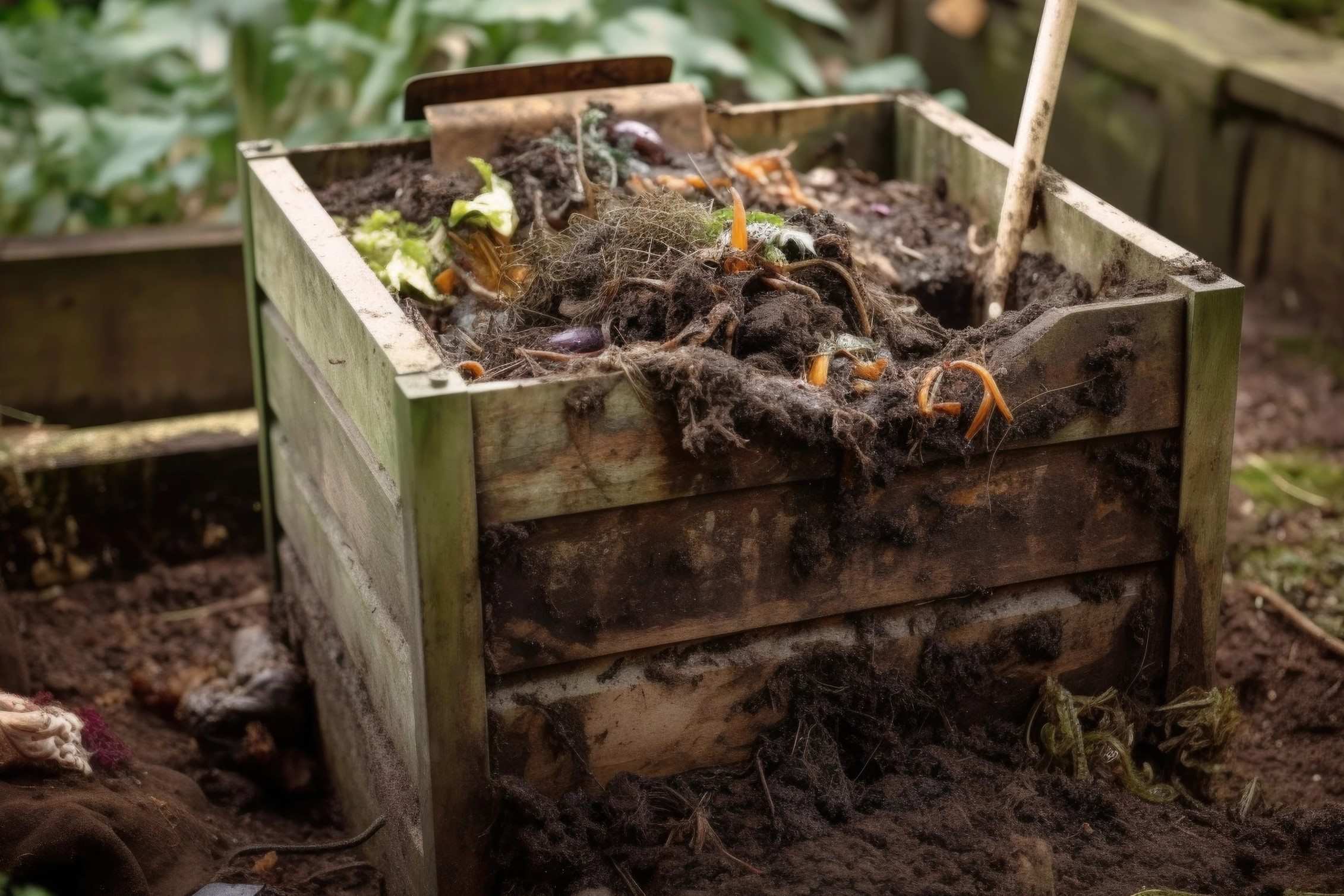

Ideas and Tips
Backyard Composting Bin Construction To Recycle Kitchen Waste
Modified: October 28, 2024
Learn how to construct a backyard composting bin and recycle kitchen waste into nutrient-rich compost, reducing waste and enhancing soil health.
(Many of the links in this article redirect to a specific reviewed product. Your purchase of these products through affiliate links helps to generate commission for Storables.com, at no extra cost. Learn more)
Introduction
Composting is an ancient practice that has been utilized by various cultures to recycle organic materials into a nutrient-rich soil amendment. This natural process not only reduces waste but also helps in mitigating climate change by minimizing the production of greenhouse gases. In this article, we will delve into the world of backyard composting, focusing on constructing a compost bin and effectively recycling kitchen waste.
What is Composting?
Composting is a controlled, aerobic process that converts organic materials into a biologically stable soil amendment or mulch. This transformation occurs through the action of microorganisms such as bacteria and fungi, which feed on the materials added to the compost pile. The end product, compost, is a valuable resource that can be used to enrich soil, improve plant growth, and reduce the need for chemical fertilizers and pesticides.
Why Compost at Home?
Composting at home offers numerous benefits, both environmentally and economically. Here are some compelling reasons to start composting:
-
Reducing Waste: Composting helps in managing kitchen waste and yard trimmings more sustainably. By turning these organic materials into compost, you reduce the volume of waste that might otherwise be disposed of in landfills or incinerators.
-
Climate Change Mitigation: Composting prevents powerful greenhouse gases from being emitted into the atmosphere. When organic waste decomposes in landfills, it produces methane, a potent greenhouse gas. By composting at home, you help reduce these emissions.
-
Soil Health: Compost is a natural fertilizer that improves soil structure, increases its water-holding capacity, and enhances its ability to support plant growth. This results in healthier plants and reduced soil erosion.
-
Cost-Effective: Producing your own compost saves you money on fertilizers and pesticides. Compost acts as a natural fertilizer, reducing your reliance on chemical products.
Compostable Materials
To start a successful composting process, you need to understand what materials can be composted. These materials are typically categorized into two groups: "browns" and "greens."
Browns
Browns are carbon-rich materials that provide energy to microorganisms and help absorb excess moisture. Examples of browns include:
- Dead fallen leaves
- Newspaper
- Straw
- Sawdust
- Napkins
- Cardboard
- Twigs
- Hay
- Dryer lint
- Bark
Greens
Greens are nitrogen-rich materials that provide moisture to microorganisms. Examples of greens include:
- Grass clippings
- Vegetables and fruit scraps
- Coffee grounds
- Tea leaves
- Livestock manures
- Alfalfa
Steps for Backyard Composting
1. Determine How You Will Collect and Store Your Browns and Greens
To begin, you need to collect and store your browns and greens separately. For browns, set aside an area outside to store your steady supply of leaves, twigs, or other carbon-rich materials. For greens, use a closed container on your kitchen counter, under your sink, or in your fridge or freezer.
2. Set Aside Space for Your Compost Pile
Choose a space in your yard for your compost pile that is easily accessible year-round and has good drainage. Avoid placing it right up against a fence and ensure there is a water source nearby. Your compost pile will break down in sun or shade.
3. Prepare Your Ingredients for Composting
Before adding your browns and greens to the pile, try to chop and break them up into smaller pieces (e.g., corn cobs, broccoli stalks). This helps the materials in the pile break down faster.
4. Build Your Compost Pile
Start your pile with a four- to six-inch layer of bulky browns such as twigs and wood chips. This layer absorbs extra liquids, elevates your pile, and allows air to circulate at the base of the pile. Then layer your greens and browns like lasagna. If needed, add a little water to dampen the pile.
Having the right proportions of ingredients in your compost pile is crucial. Aim for at least two to three times the volume of browns (such as dry leaves) to the volume of greens (such as food scraps). Always ensure your food scraps are covered by four to eight inches of dry leaves or other browns.
Read more: How To Recycle Waste From Construction
Building a Compost Bin
You can either purchase a compost bin or create one yourself using materials like wire mesh and poles. Here’s how you can build an inexpensive compost bin:
-
Materials Needed:
- Wire mesh
- 3-4 poles for support
- Wire cutters
- Hammer or mallet
- Nails or wire ties
-
Instructions:
- Cut the wire mesh into a rectangular shape that fits your desired bin size.
- Bend the poles into a square frame and secure them with wire ties.
- Wrap the wire mesh around the frame, overlapping it slightly to ensure it is secure.
- Use nails or wire ties to attach the mesh to the frame.
-
Alternative Bins:
- Tumbler Compost Bin: These bins are designed for easy turning and mixing of the compost pile. They often come with wheels for easy mobility.
- Worm Compost Bin: Also known as vermicomposting, this method uses worms to break down organic materials. It requires a specialized bin with holes for aeration and drainage.
Tips for Effective Composting
- Moisture: The compost pile should be damp but not soggy. Excess moisture can lead to anaerobic conditions, which produce unpleasant odors and slow down decomposition.
- Aeration: Regularly turning your compost pile ensures that oxygen reaches all parts of the pile, promoting healthy microbial activity.
- Temperature: Compost piles can get hot due to microbial activity. Monitor the temperature; it should not exceed 160°F (71°C). High temperatures can kill beneficial microorganisms.
- Avoiding Odors: If your pile starts to smell, it may be too wet or lack sufficient aeration. Add more browns or turn the pile to improve airflow.
Using Your Finished Compost
Once your compost is ready, it can be used in various ways:
- Soil Amendment: Mix finished compost into your garden soil to improve its structure and fertility.
- Mulch: Use compost as mulch around plants to retain moisture and suppress weeds.
- Potting Mix: Add compost to potting mixes for better plant growth in containers.
Additional Resources
For more detailed information on composting, you can refer to the following resources:
- US EPA Composting Guide: Provides comprehensive information on composting at home, including what materials can be composted and how to build a compost bin.
- NC State Extension Publication: Offers detailed instructions on building and maintaining a compost pile, including tips on managing different types of organic materials.
- USDA Composting Fact Sheet: Includes information on the benefits of composting and how it can help reduce food waste.
Conclusion
Backyard composting is an easy, fascinating, and natural way to recycle kitchen waste and yard trimmings. By following these steps and tips, you can create a nutrient-rich compost that enhances soil health while reducing your environmental footprint. Whether you choose to build your own bin or purchase one, starting a composting project is a simple yet impactful way to contribute to sustainable living practices.
By diverting food waste from landfills through backyard composting, we not only reduce greenhouse gas emissions but also create valuable resources for our gardens and communities. So why not give it a try? Start composting today and join the movement towards a more sustainable future
Was this page helpful?
At Storables.com, we guarantee accurate and reliable information. Our content, validated by Expert Board Contributors, is crafted following stringent Editorial Policies. We're committed to providing you with well-researched, expert-backed insights for all your informational needs.
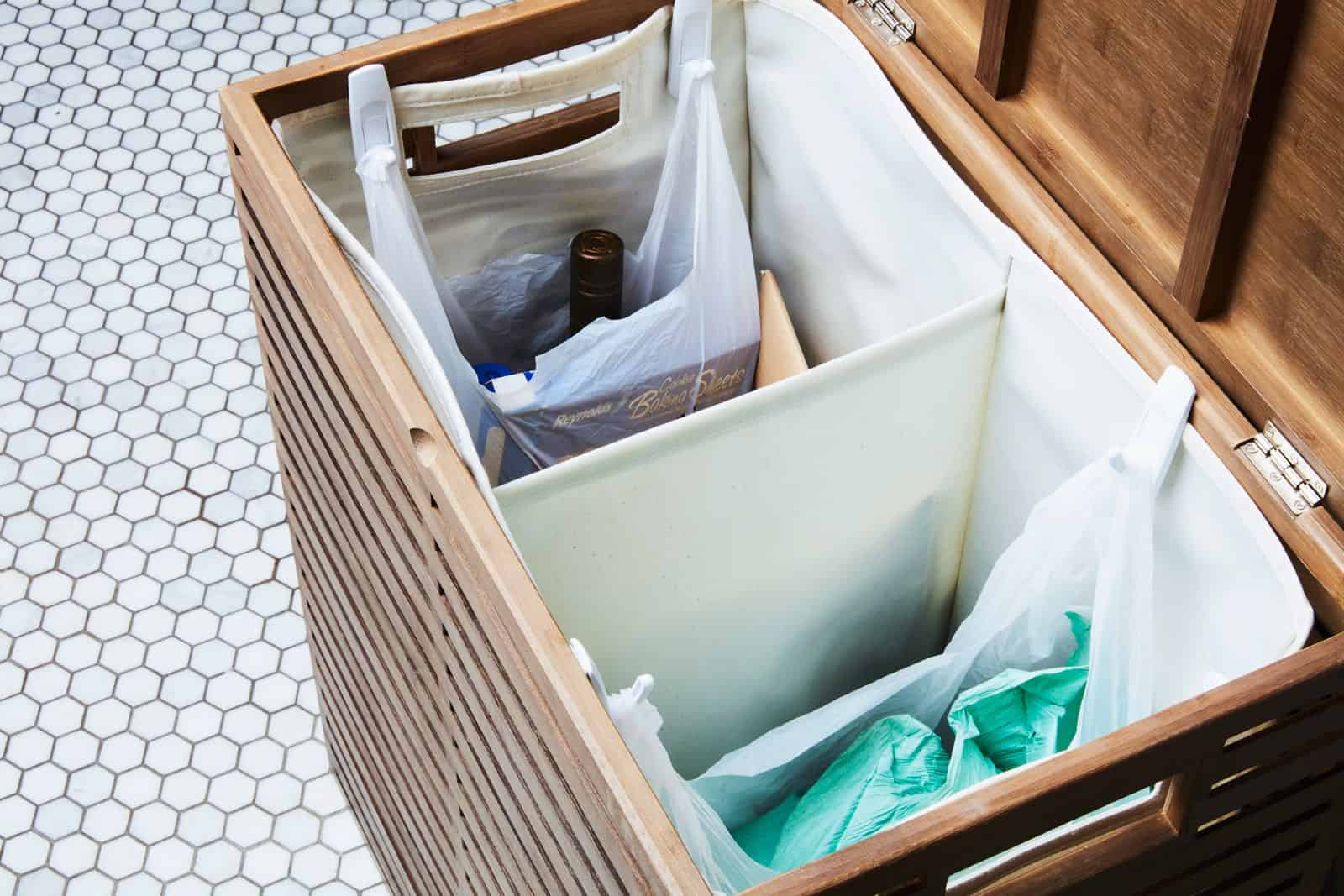
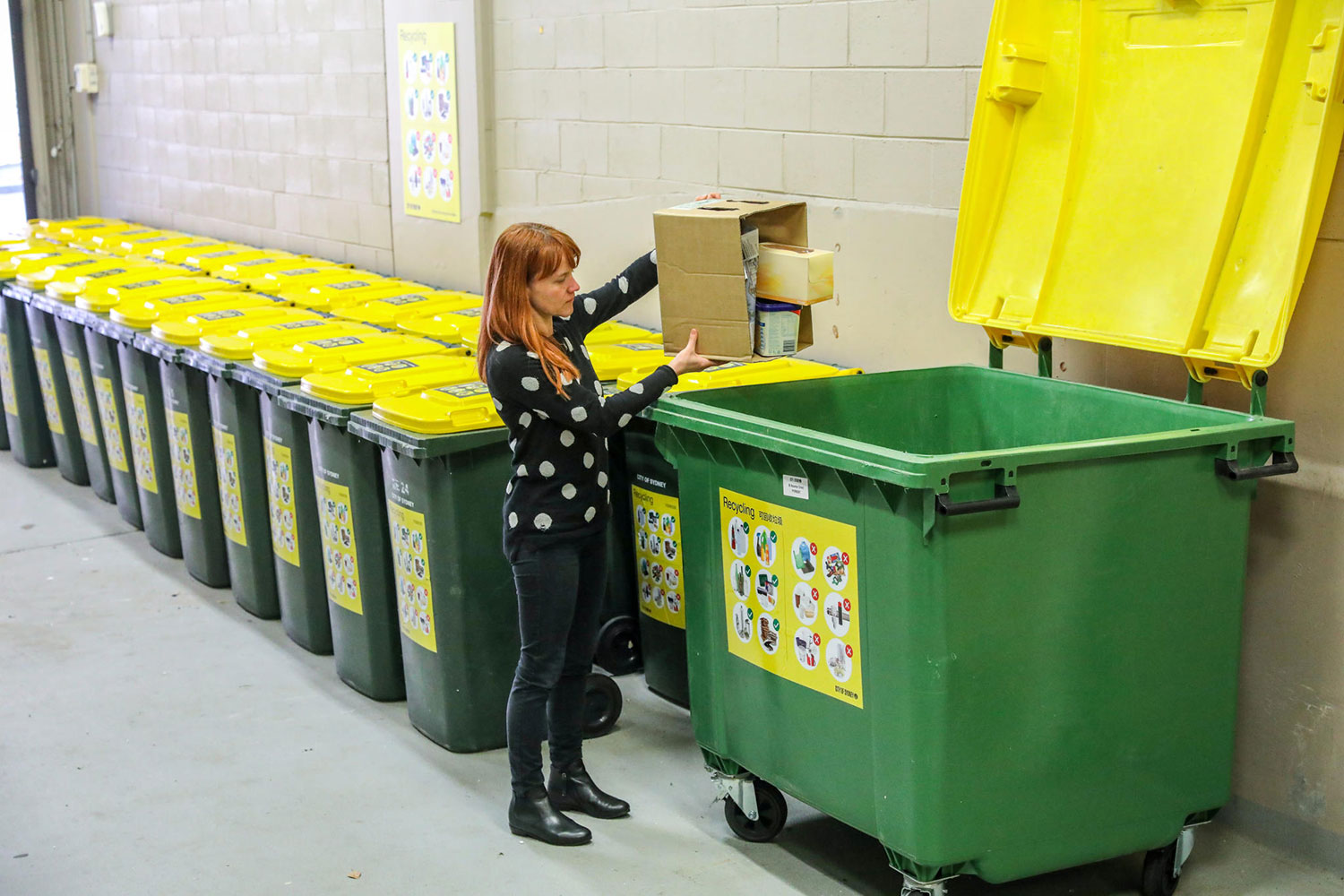
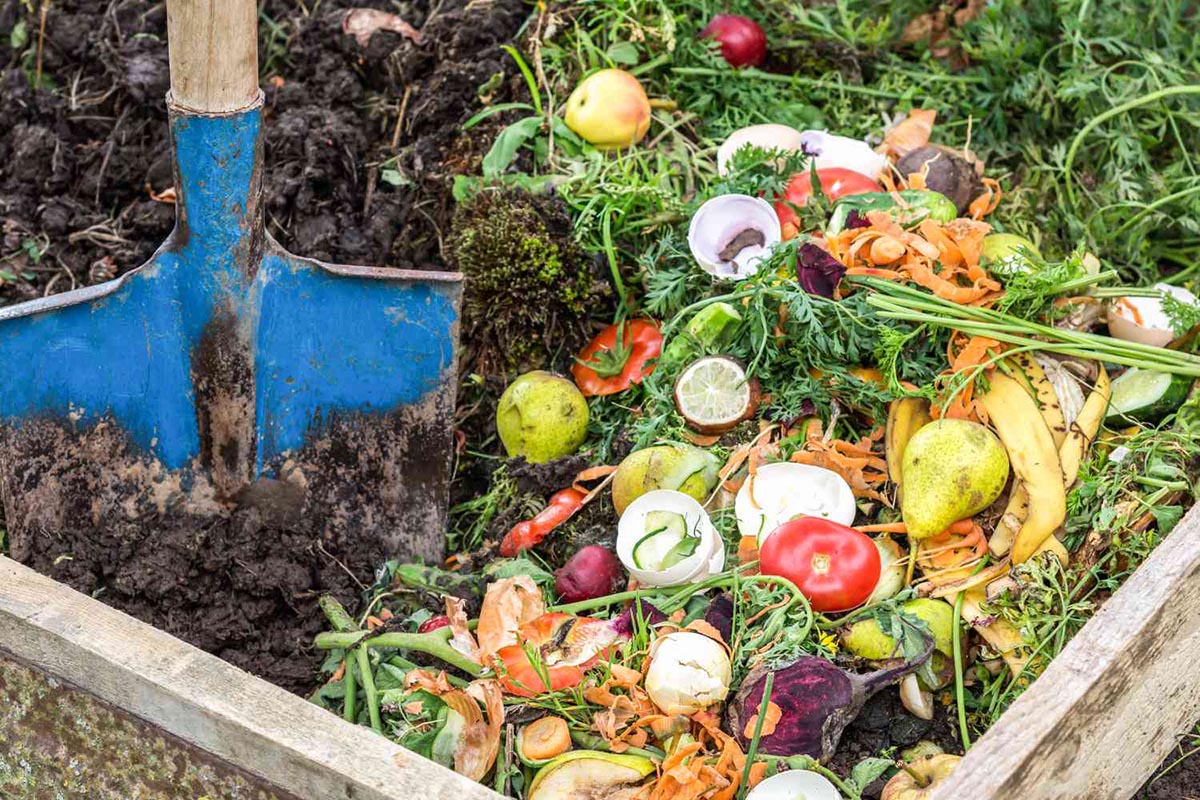
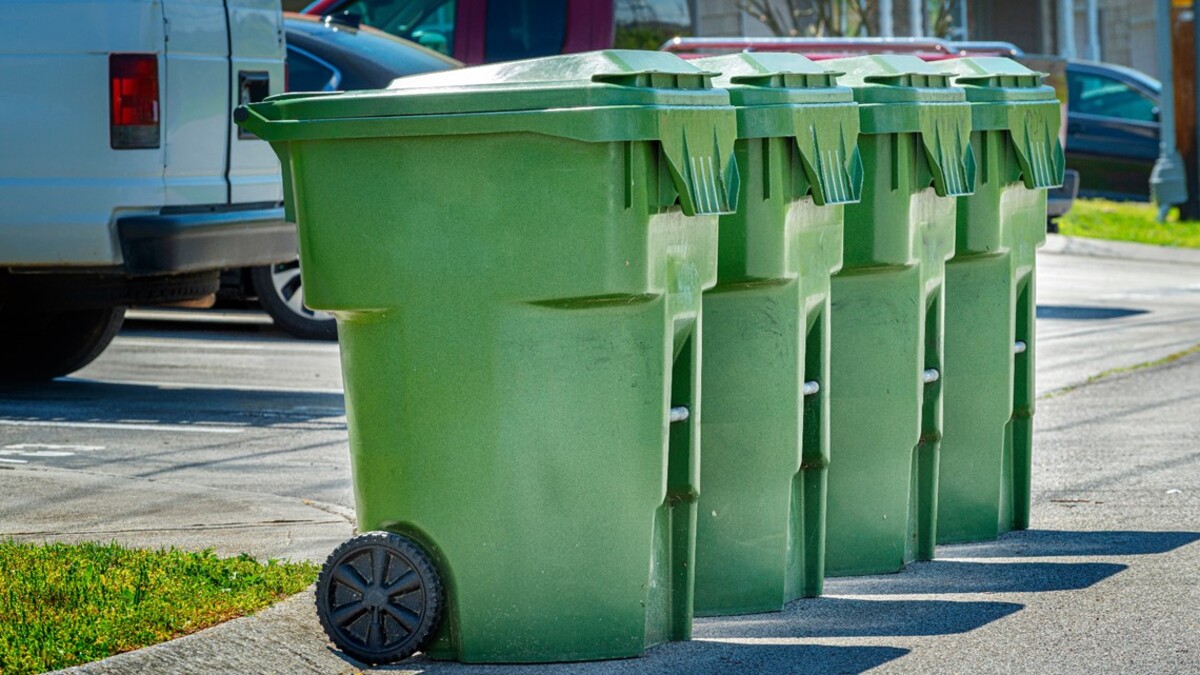
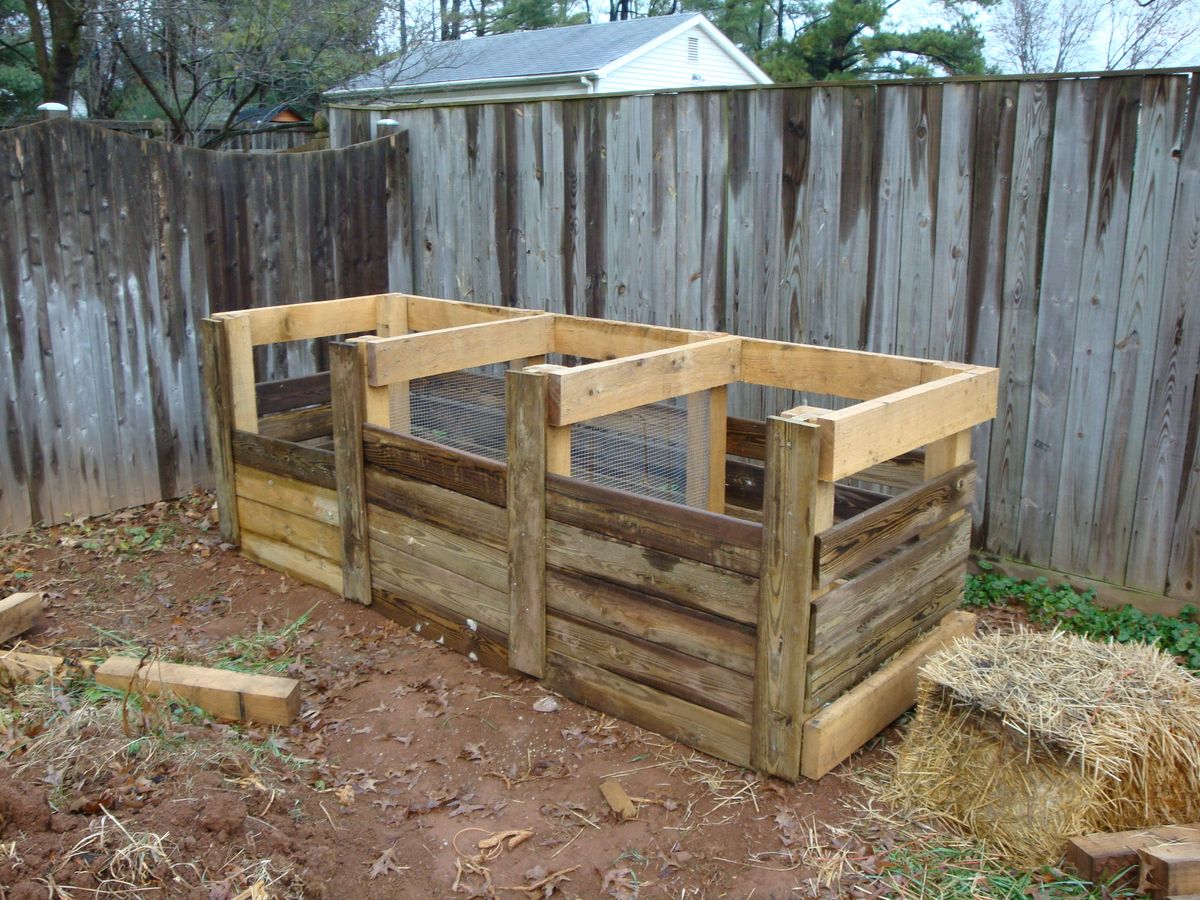
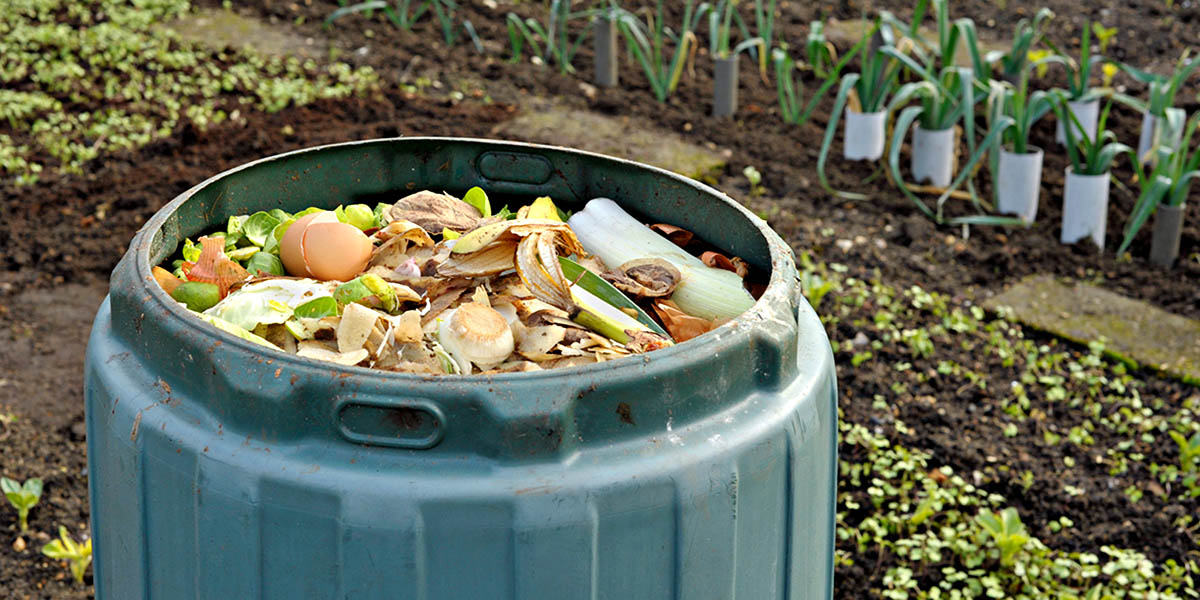
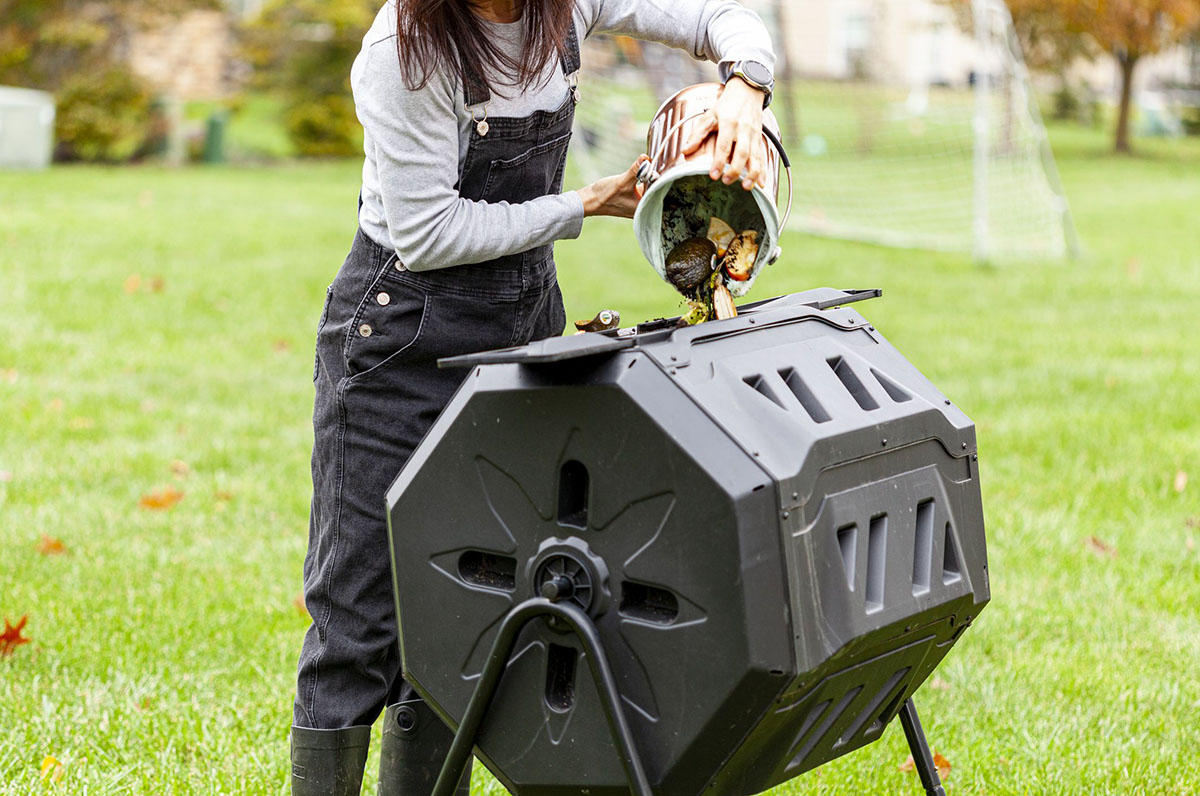
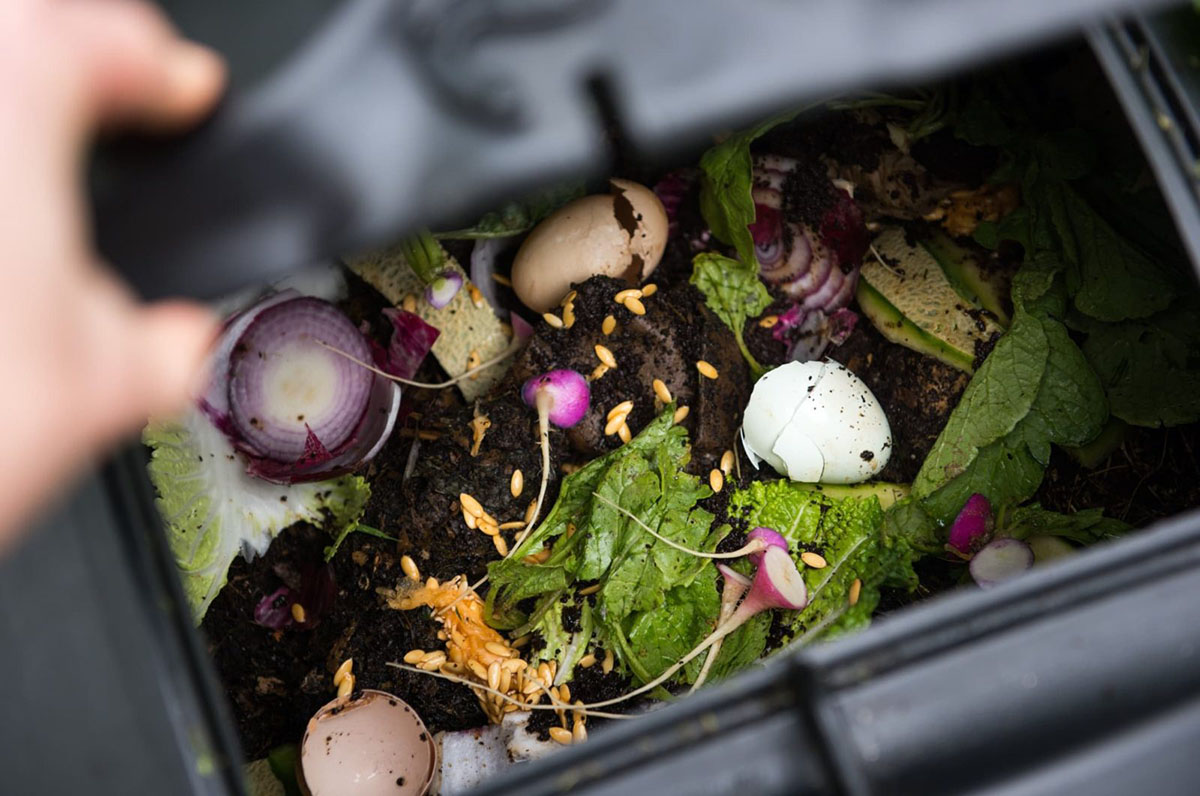
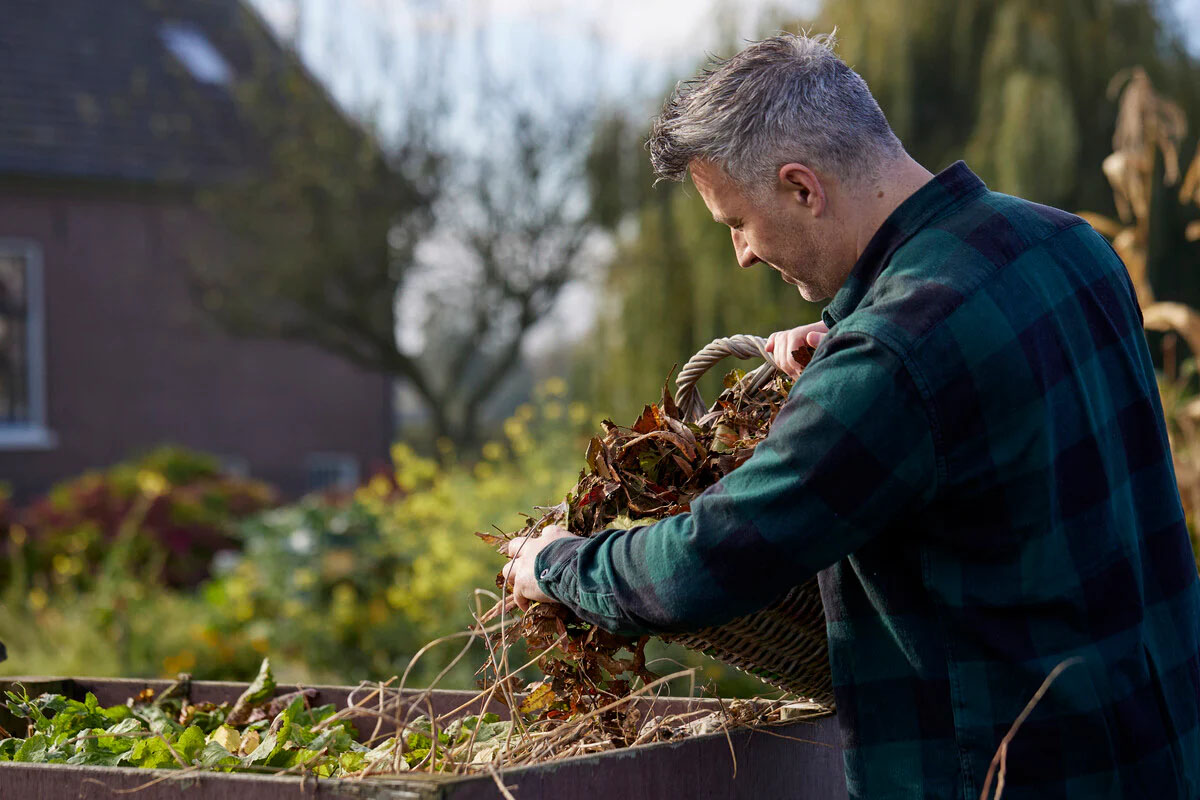
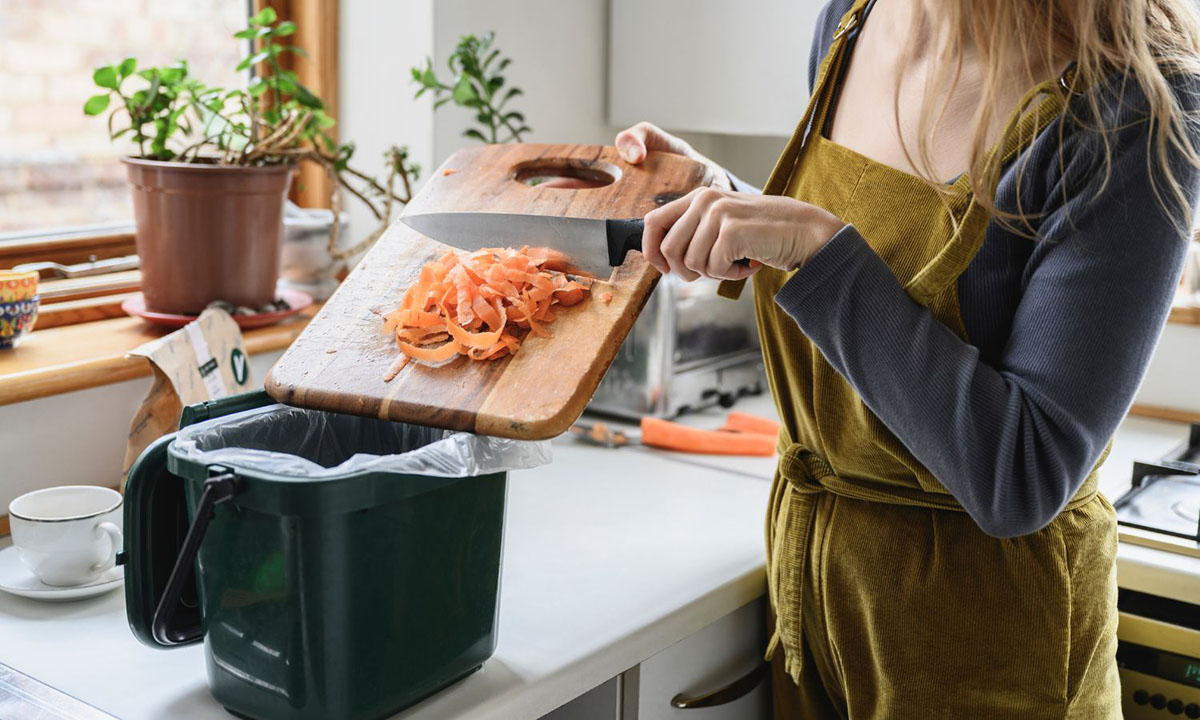
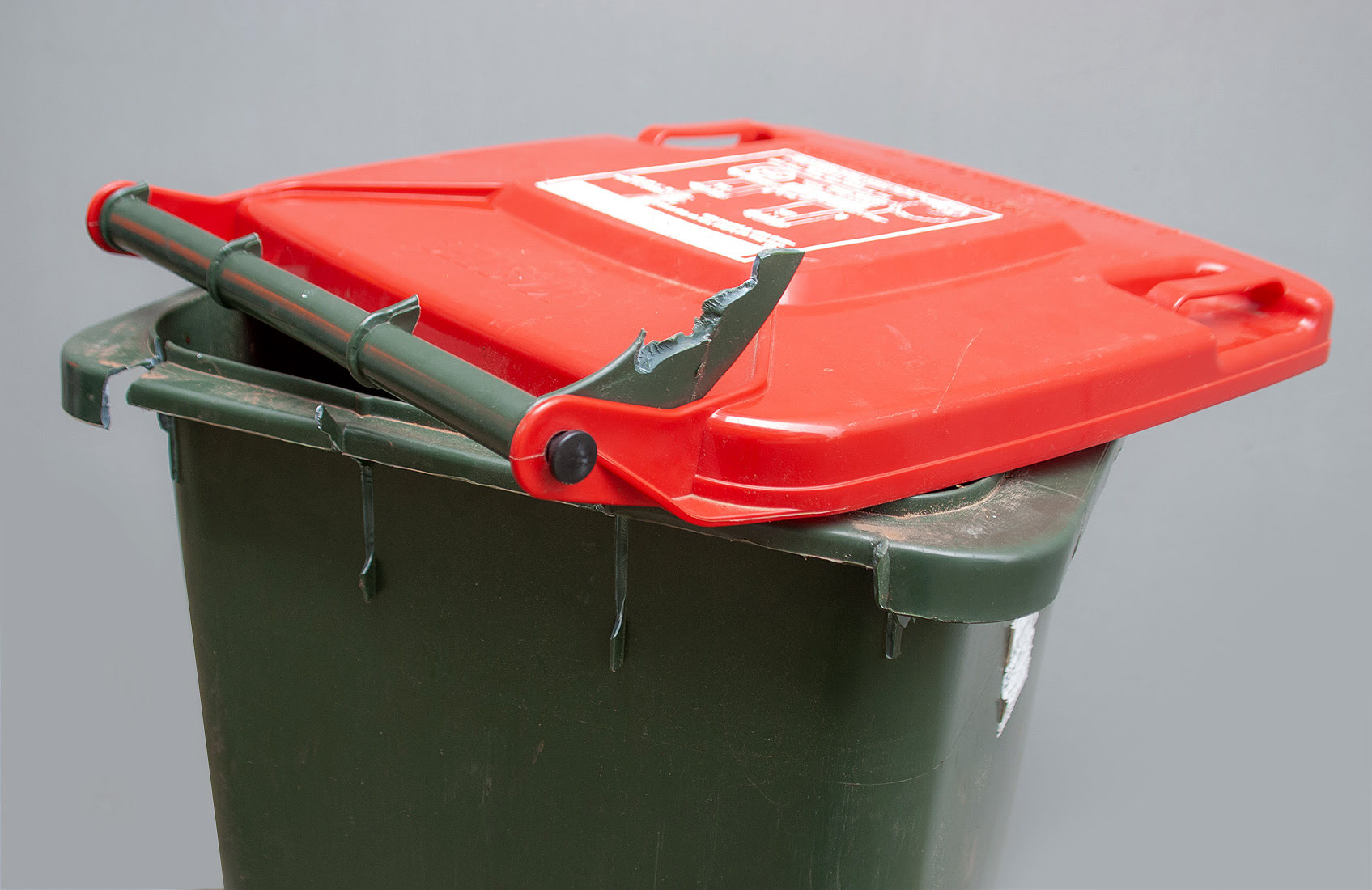
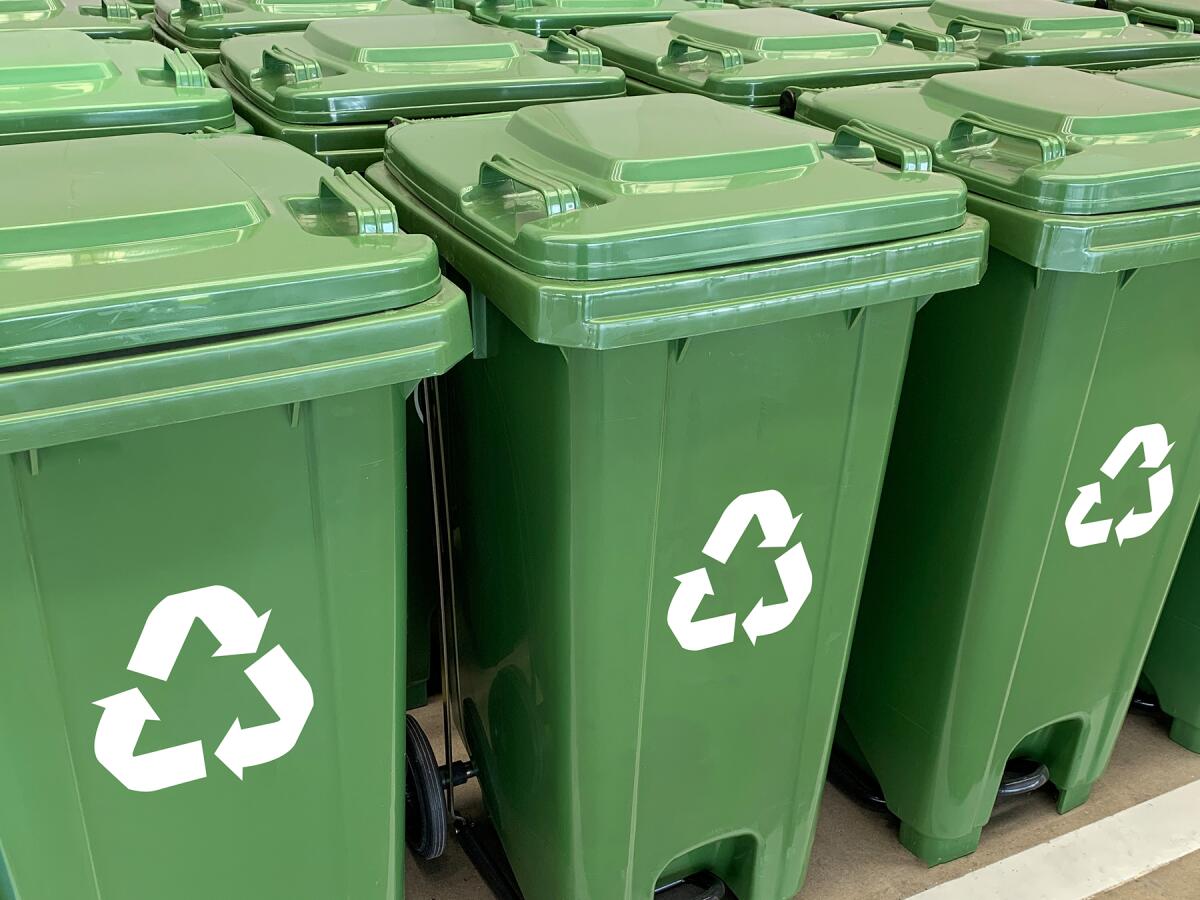
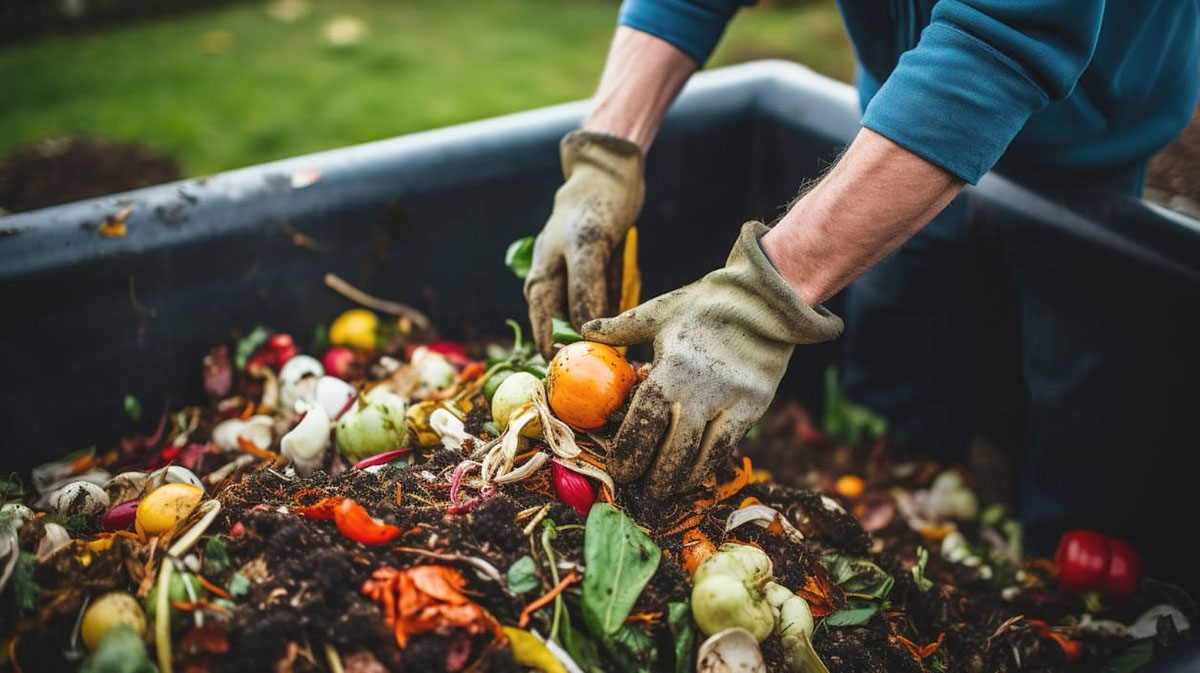

0 thoughts on “Backyard Composting Bin Construction To Recycle Kitchen Waste”